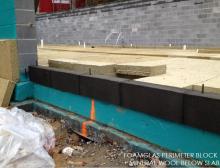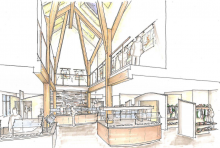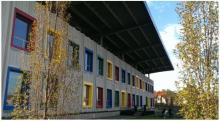Commercial & Institutional
Is Net Zero Energy Net Zero Benefit?
Foam-Free - Fabulous, Feasible, and Fun!
Three experienced practitioners will demonstrate that we needn’t (shouldn’t?) be captive to foam in the high performance building industry by showing practical solutions that eliminate foam in new and retrofit applications – above and below grade. Using real projects and assemblies, the speakers will discuss an integrated design build process, review the implementation of details and sequencing and the verification and commissioning of alternative construction methods. Without dwelling on the negative environmental impacts of foam insulations, alternative, safer insulation materials will
Integrated Design for High Performance Schools
Hacking LEED: v4 Innovation and Performance
How will green building practitioners use the updated and mandated LEED v4 to raise the bar on energy & environmental performance in buildings? At the end of October 2016, the current LEED 2009 system will no longer accept new projects and all projects will be registering in v4. Will you be ready? What point and point complexes will help you through the new maze? How do pilot credits and innovation credits fit? Are you watching how legacy projects registered in v2009 are subject to changing requirements even now? Yes! you have heard all about how LEED v4 is coming.




